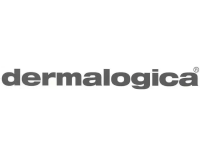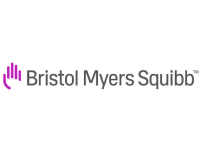
RAISING AWARENESS THROUGH EDUCATION
PROMOTING PREVENTION & EARLY DETECTION CAMPAIGNING FOR CHANGE
SKCIN: THE KAREN CLIFFORD SKIN CANCER CHARITY / REGISTERED CHARITY: 1150048

WE NEED YOUR HELP! PLEASE HELP US TO STOP SKIN CANCER TAKING MORE LIVES. WE ARE HUGELY GRATEFUL FOR YOUR SUPPORT.
Solar UV Radiation
Skin Cancer Information
Solar Ultra Violet Radiation (UVR) is a known carcinogen.
It cannot be seen or felt and is the primary cause of skin cancer

Skin cancer is the UK’s most common and fastest rising cancer.
It is now one of the biggest cancer killers in 15-34 year olds.

Sunburn is a reaction to UV radiation and is a clear sign that
you have seriously damaged your skin.

Sunbeds are not safe - FACT! UV radiation from sunbeds can
cause serious and irreparable damage and cause melanoma

Worried about Vitamin D? Know the facts and how much sun
we need to produce the required daily levels.

Our skin is our body’s largest organ that performs a variety of
vital functions - learn how UVR affects and damages our skin

All skin types can be damaged by UVR, but some skin types
and family history of skin cancer can mean you are more at risk
Solar Ultra Violet Radiation (UVR) cannot be seen or felt and is a
known carcinogen to humans.
Understanding solar UVR is vital for understanding why sun protection control measures are recommended to protect our skin and how if we are not protected properly, UV can damage the skin and lead to skin cancer.
Did you know that UVR from the sun:
- Is high-energy radiation, capable of causing damage to living organisms.
- Is carcinogenic to humans.
Cannot be seen or felt. - Is not related to temperature.
- Can pass through clouds.
- Can pass through loosely woven material.
- Can bounce off reflective surfaces such as metal, concrete, water and snow.
- Is essential to health in small amounts.
What is UVR, UVA, UVB and UVC?
UVR is part of the electromagnetic spectrum emitted by the sun. The sun emits 3 types of ultraviolet
(UV) light/radiation: UVA, UVB and UVC. UVC radiation is blocked by the ozone layer whilst UVA and UVB both reach the earth's surface and penetrate our skin.
UVB rays have a short wavelength that reaches the outer layer of your skin called the epidermis and UVA rays have a longer wavelength that can penetrate the middle of the skin called the dermis.
Small amounts of skin exposure to solar UVR are essential in the production of vitamin D and are beneficial for health. However, it's important to acknowledge that whilst some sun is good for us, it
should not be taken to excess - everything in moderation! To find out more about the sun, Vitamin D and how much daily exposure is recommended click here.
The diagram below shows how the sun's rays penetrate our skin, which rays are responsible for causing damage to our skin and explains the function of sunscreen on our skin.
Please click on the diagram to enlarge.
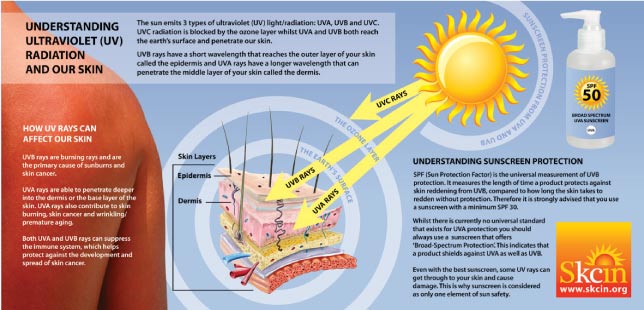
The following related topics may be of interest, please click on the tabs to learn more.
The UV ForecastOur Skin - FactsSunbeds And UVVitamin D And UV
the golden rules of sun safety
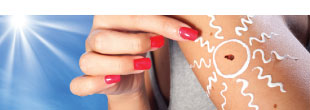
what you should be looking for...


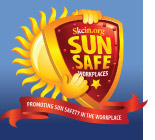
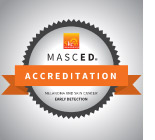
Articles of interest
SIG ROOFING PARTNERS WITH SKCIN
Aptly timed during skin cancer awareness month, National roofing merchant SIG Roofing has announ...
28th May 2024 3:05pm
SKCIN, a charity that specialises in the prevention and early detection of skin cancer through educational interve...
1st May 2024 12:39pm
AHEAD OF NATIONAL SKIN CANCER AWARENESS MONTH IN MAY, BRITISH BEAUTY BACKS VAT BURN CAMPAIGN AMIDST SKIN CANC...
26th Apr 2024 2:16pm
SUNAK WARNED MELANOMA CASES WILL INCREASE WITHOUT GOVERNMENT ACTION
Skcin are proud to support SNP MP Amy Callaghan with her on-going VAT Burn Campaign as she...
28th Nov 2023 12:20pm
SKCIN are delighted to highlight a positive initiative by New College Lanarkshire in Motherwell. The college is supporti...
22nd Jun 2023 1:05pm



